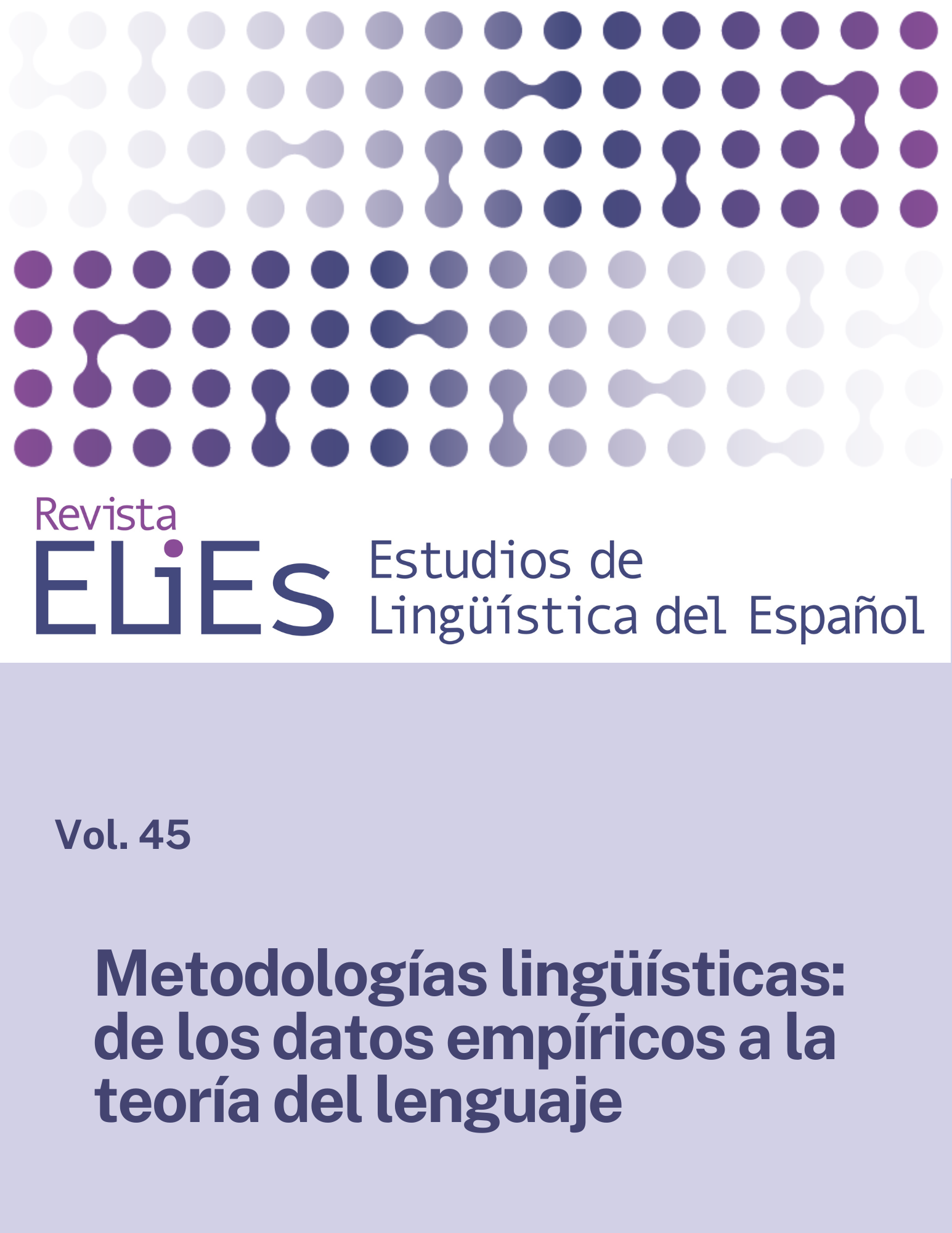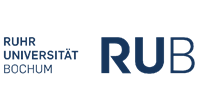Métodos de la dialectología cuantitativa
DOI:
https://doi.org/10.36950/elies.2022.45.8849Palabras clave:
variación geolingüística, dialectometría, metodologíaResumen
La introducción de la cuantificación de la variación geolingüística ha traído consigo un espectacular auge de las publicaciones sobre la materia, que indican una renovada vitalidad de la disciplina. Uno de los mayores avances de la dialectología del siglo pasado, la dialectometría, se ha convertido en una realidad en prácticamente todas las lenguas cultivadas (Goebl 1992; Nerbonne 2013).
La variedad de técnicas cuantitativas utilizadas en la dialectología pone al alcance de los investigadores un amplio abanico de posibilidades de analizar los datos dialectales. Pero todo análisis cuantitativo necesita de una base de datos amplia que aleja al dialectólogo de las prácticas del denominado (single) feature based dialectología, ganando en la objetividad de la muestra del análisis.
En este trabajo se presentan los pasos que hay que seguir para desarrollar una investigación en dialectología cuantitativa. Además, se exponen algunas de las técnicas utilizadas, como las destinadas a la cuantificación de la distancia entre variedades, a la clasificación jerárquica, y/o al análisis del continuum dialectal. Así mismo, también se exponen métodos multivariantes para la identificación de patrones de variación, estudio de las variables que presentan similares patrones geográficos, analizar la probabilidad de pertenencia a determinados grupos dialectales, etc. La metodología de la dialectología cuantitativa se halla delimitada por los siguientes pasos: elección de un atlas lingüístico del que se proveerá su base de datos (que puede ser fonética, ortográfica o/y etiquetada), aplicación de una medida de distancia que proporciona una matriz de distancias y el uso de técnicas cuantitativas aplicadas a la matriz de distancias. La cuantificación se ha convertido en un paso obligatorio para expertos que se dedican al estudio de la variación lingüística.
Descargas
Descargas
Publicado
Número
Sección
Licencia
Derechos de autor 2022 Gotzon Aurrekoetxea

Esta obra está bajo una licencia internacional Creative Commons Atribución 4.0.




